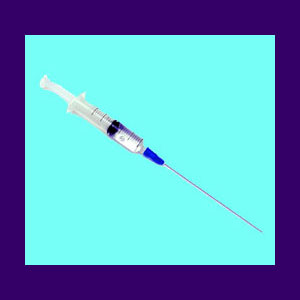
Spondylolisthesis therapy describes any of the wide variety of treatments used to combat the symptoms of this relatively common spinal condition. Spondylolisthesis is a structural spinal abnormality in which one or more vertebrae move forward, or rearward, out of alignment with the rest of the spine. This condition most commonly occurs in the lower lumbar region at L4 or L5. Spondylolisthesis is also sometimes referred to as vertebral displacement. There are no actual cures for spondylolisthesis except surgical correction.
Being that surgery is very risky and invasive, most patients are placed in conservative care. While it is great to avoid back surgery when possible, the idea of ongoing symptomatic care presents its own unique problems for many patients.
The scope of this article will examine the conservative and continuing methods of nonsurgical care for spondylolisthesis.
Spondylolisthesis Symptomatic Therapy
Some patients experience mild to moderate discomfort as a result of their slipped vertebra. These patients might not require the drastic correction offered by back surgery, but still could benefit from some type of symptomatic relief. These are the patients who are best suited for appropriate symptomatic treatment therapies, as long as the diagnosis of spondylolisthesis as the real source of pain is correct.
Regardless of which therapy method is selected, the patient should understand just what the treatment is designed to do and the expectations for back pain relief. They should be completely comfortable with the idea that ongoing treatment will never cure them, but will only provide a coping mechanism for pain management.
For more detailed information on specific therapy modalities, please explore our comprehensive back pain treatments section.
Reasons Against Spondylolisthesis Therapy
Severe spondylolisthesis might require drastic symptomatic relief. Patients with this type of intractable discomfort often resort to using powerful prescription drugs to relieve their pain. Continuous pharmaceutical therapy can do more harm than good, as it exposes the patient to health risks, as well as the potential for drug dependency.
Many patients who are diagnosed with spondylolisthesis might indeed demonstrate the vertebral slippage condition, but suffer pain from a completely different source. Mild to moderate spondylolisthesis is not normally painful in the vast majority of diagnosed patients. Most symptomatic patients with mild to moderate spondylolisthesis are actually suffering from a some other causative issue, making treatment which targets the spondylolisthesis quite useless. This true source of pain may be another anatomical issue or might even be a psychoemotional back pain condition using the spinal abnormality as a scapegoat.
Spondylolisthesis Therapy Advisory
Normally, I am against symptomatic treatment, but in the case of spondylolisthesis, it might be the wisest choice in select circumstances. Surgery is rarely required for moderately severe vertebral slippage and is certainly not advisable in the majority of instances. If the patient has verified physical symptoms due to their slipped vertebral condition, then some variety of conservative therapy might be the best course of action.
Before beginning any spondylolisthesis treatment program, first make sure to thoroughly investigate all your options and weigh the pros and cons of each. I recommend speaking to a few different types of care providers to get a comprehensive overview of how each treatment will work and which might be best suited for your needs.
Remember to stay actively involved in your own therapy program and if the results are not satisfactory, do not be afraid to move on to another treatment selection. Most of all, please be extremely wary of using pain management enacted by pills over an extended time frame. The downside of this variety of treatment might cost you your life.




